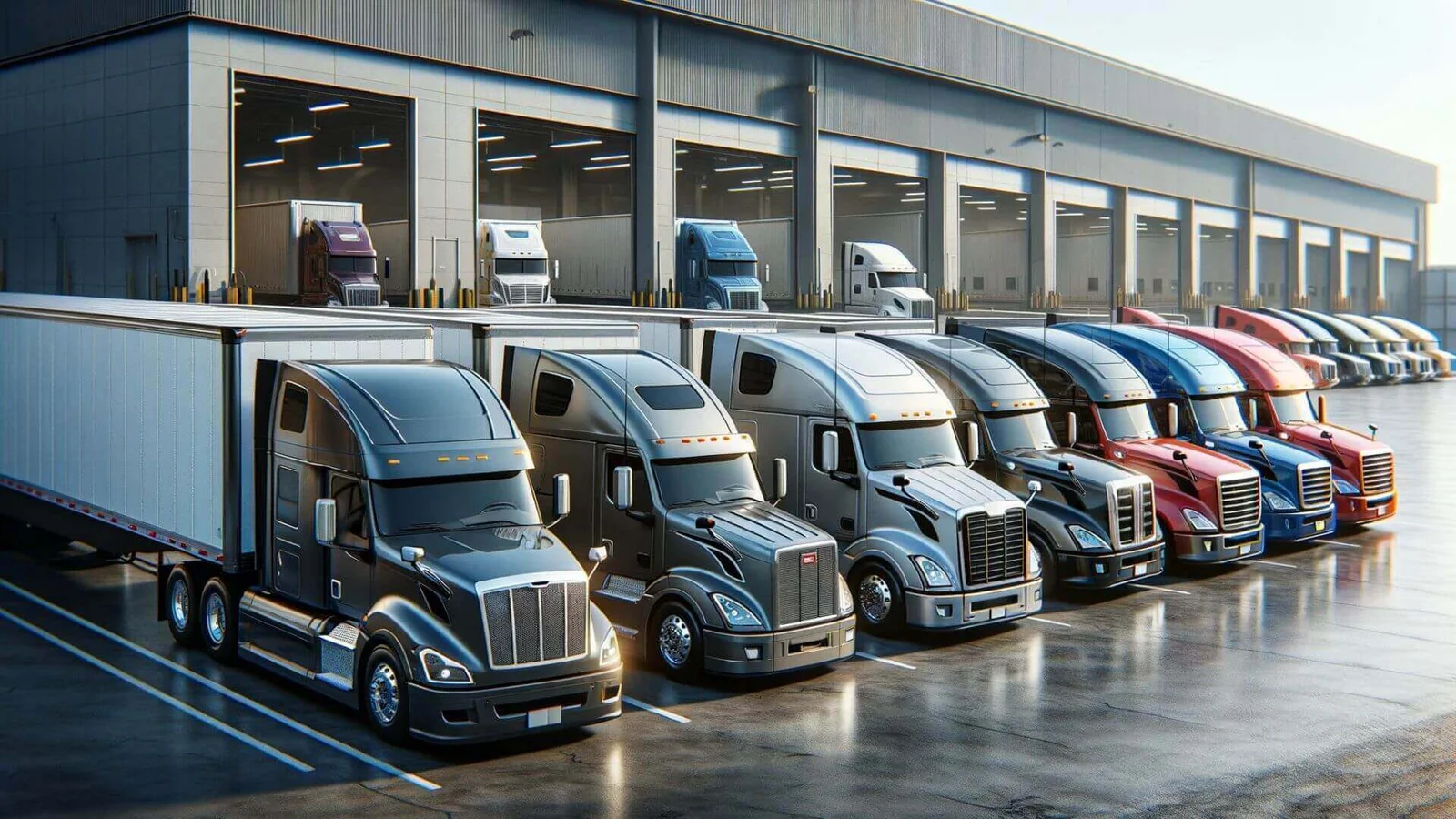
The global maritime industry is changing significantly as we sail into the future, presenting both amazing possibilities and great difficulties. Success in this always changing sector requires being ahead of the curve. With new developments that could change how we distribute commodities throughout the globe, global shipping has many bright future prospects. These developments do, however, bring some challenges that must be carefully negotiated. Whether your transportation involves goods freight LTL (less-than-truckload) or another kind, knowing these changes will help you to survive in this fast-paced industry.
Developing Patterns in World Shipping
Thanks to technology developments, the maritime sector is seeing an innovative tsunami right now. Rising automation and smart shipping is among the most discussed developments. Tested autonomous ships with modern sensors and artificial intelligence show promise to reduce human error and improve productivity. This change might completely transform freight transportation, speeding up, safer, less expensive procedure.
An additional factor influencing the direction of world shipping is the growing emphasis on sustainability. Rising worries about climate change drive a significant drive for lower carbon footprint of maritime activities. This covers the acceptance of greener fuels—like liquefied natural gas (LNG—as well as the creation of energy-efficient ship designs. These developments not only benefit businesses trying to satisfy tougher rules and attract to environmentally sensitive customers but also help the surroundings.

Prospective Difficulties Ahead
Global shipping has bright future, but it is not without difficulties. The continuous disturbances in the supply chain is one of the main problems confronting the sector. The COVID-19 epidemic has shown weaknesses in world supply systems, which has caused delays and higher expenses. Shipping firms have to now figure out how to create more flexible and strong supply networks to resist shocks of the future.
Rising conformity with international rules presents even another difficulty. Shipping firms are under pressure to invest in new technology and systems as governments all over apply tougher regulations on pollution and safety. Smaller firms in the market who could find it difficult to keep up with the speed of change may especially find this demanding.
Global shipping’s future presents both great opportunities and major obstacles mixed together. The sector is poised to be shaped in the next years by the developments in resilience, sustainability, and automation. Overcoming supply chain interruptions and regulatory challenges, however, will need both strategic planning and investment. Navigating these seas effectively for those engaged in freight LTL and other shipping industries will depend on being informed and flexible. Those that welcome change and are ready for the difficulties ahead will be in a great position to cruise straight into the future as the sector develops.






